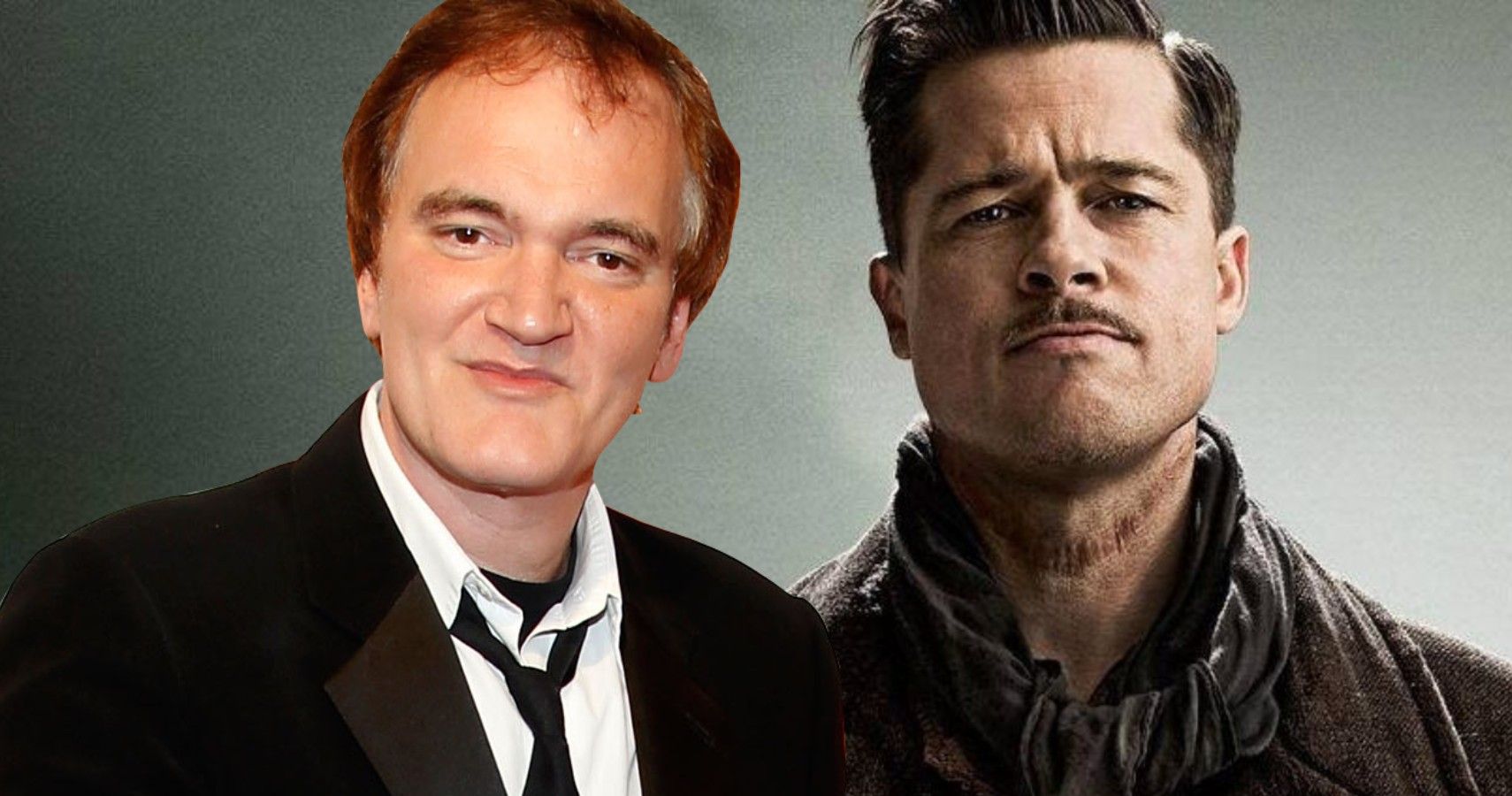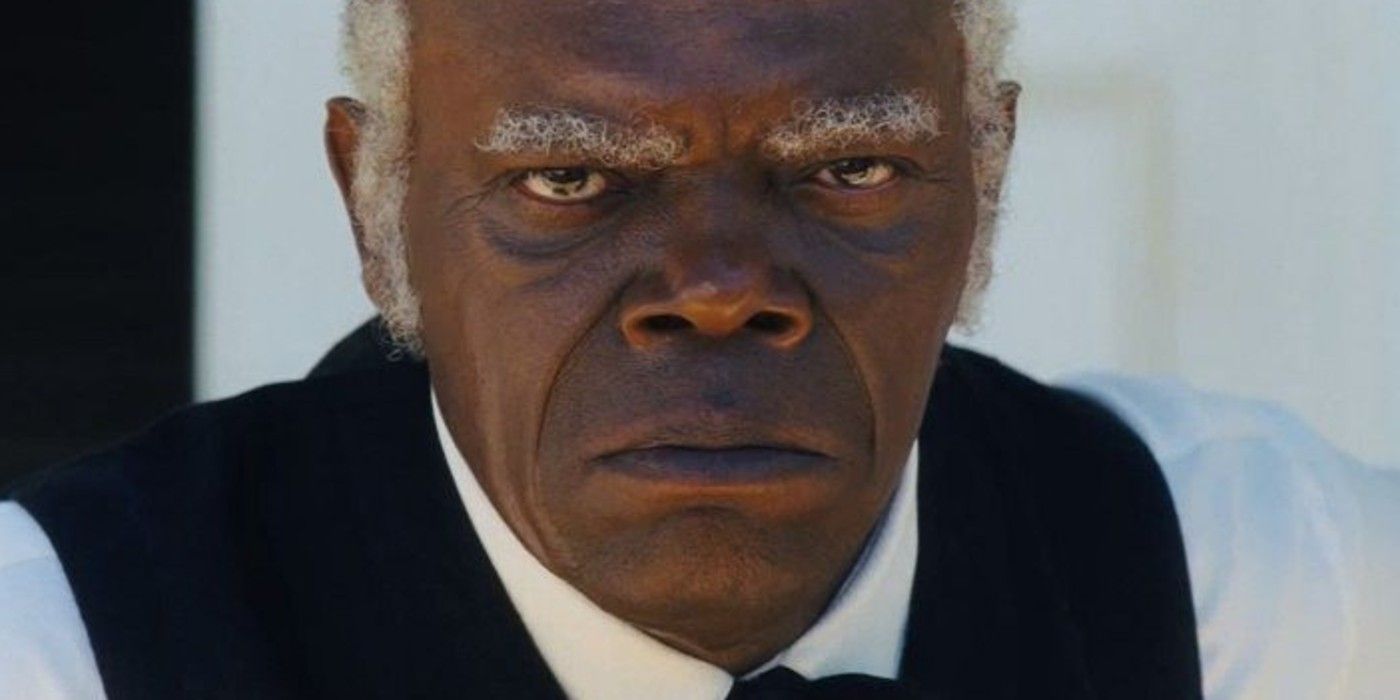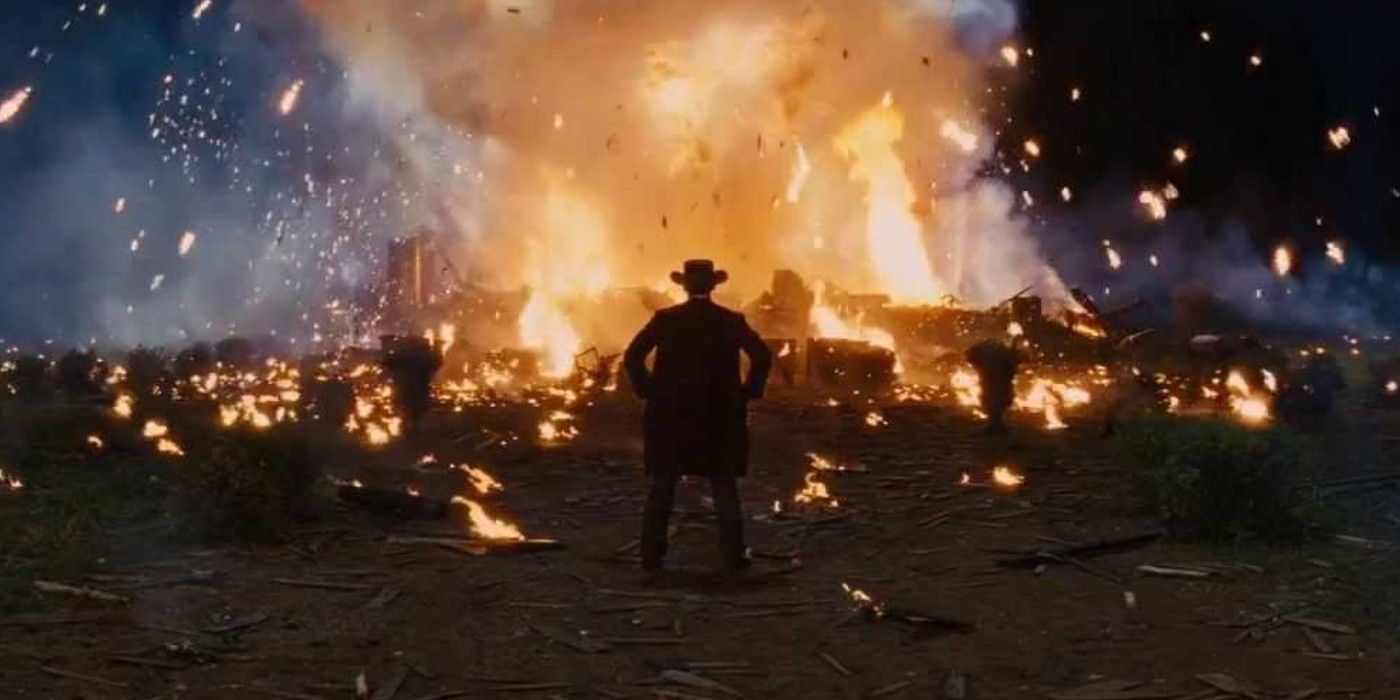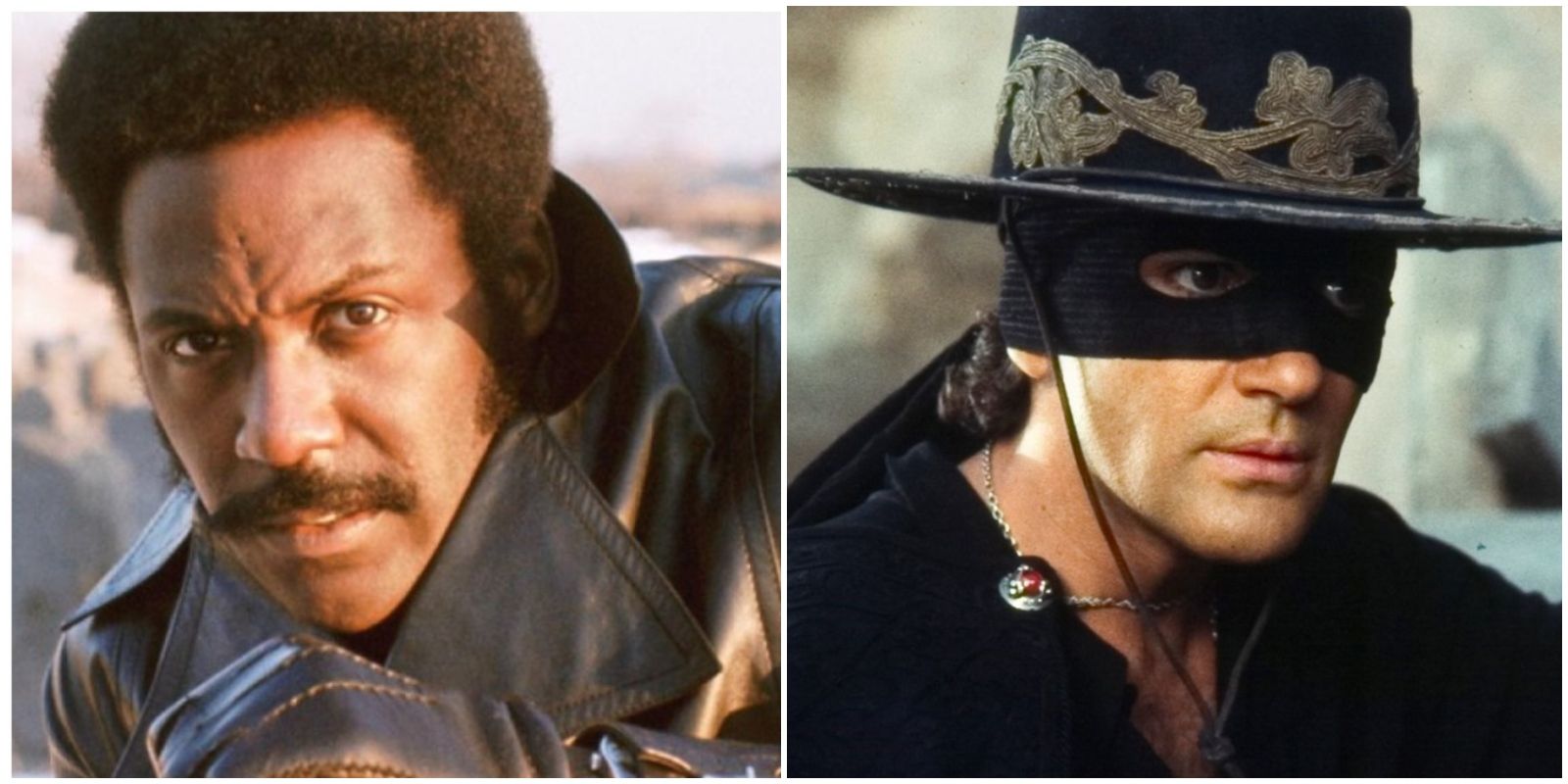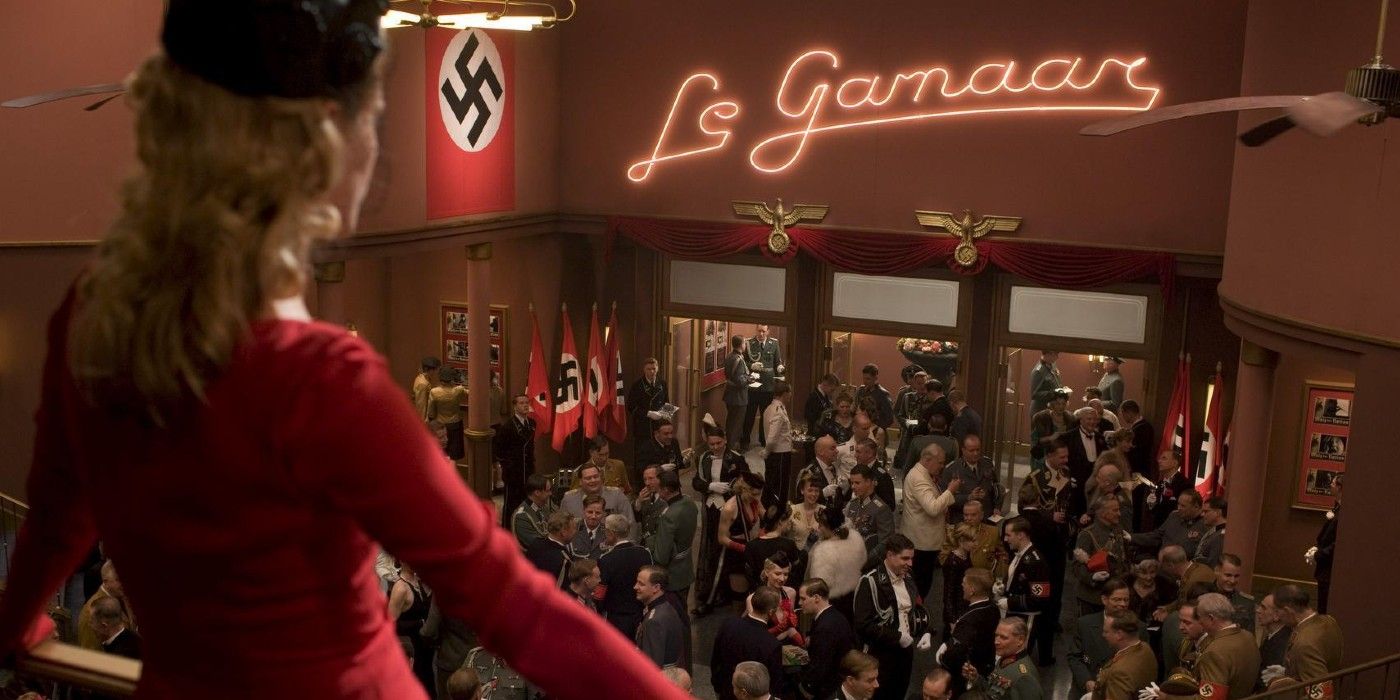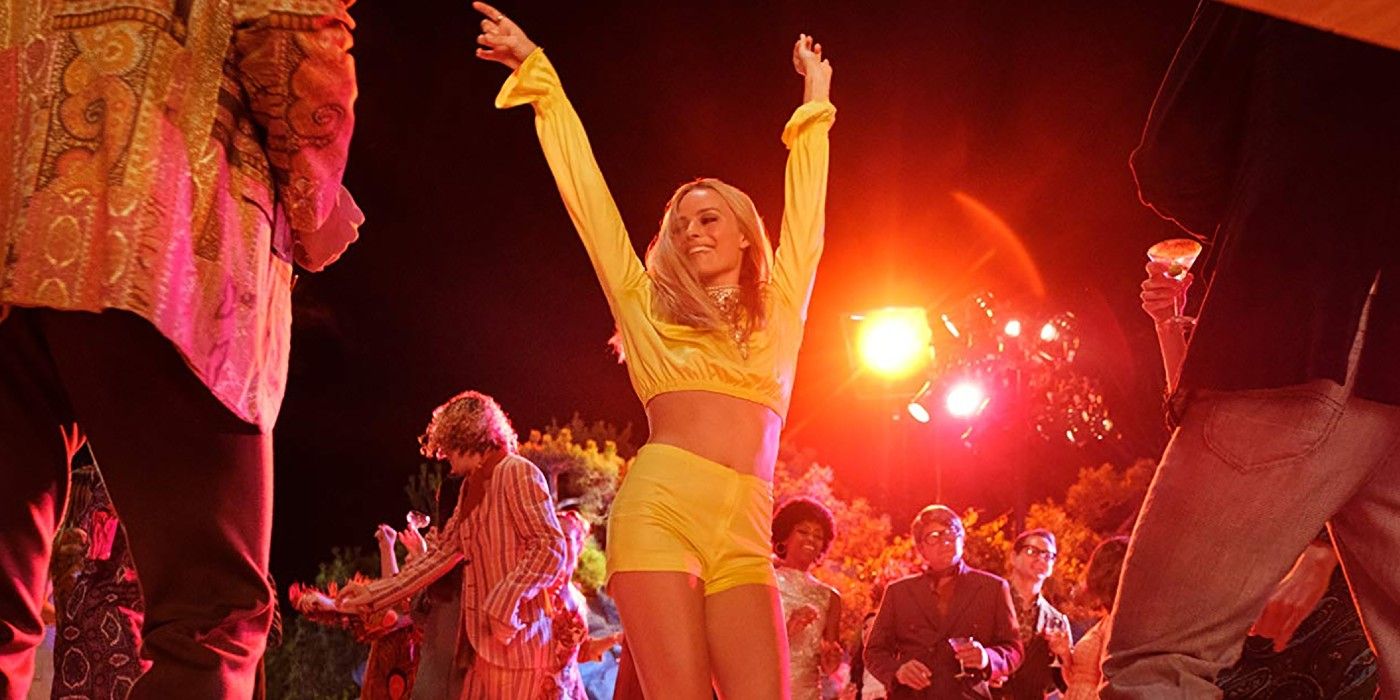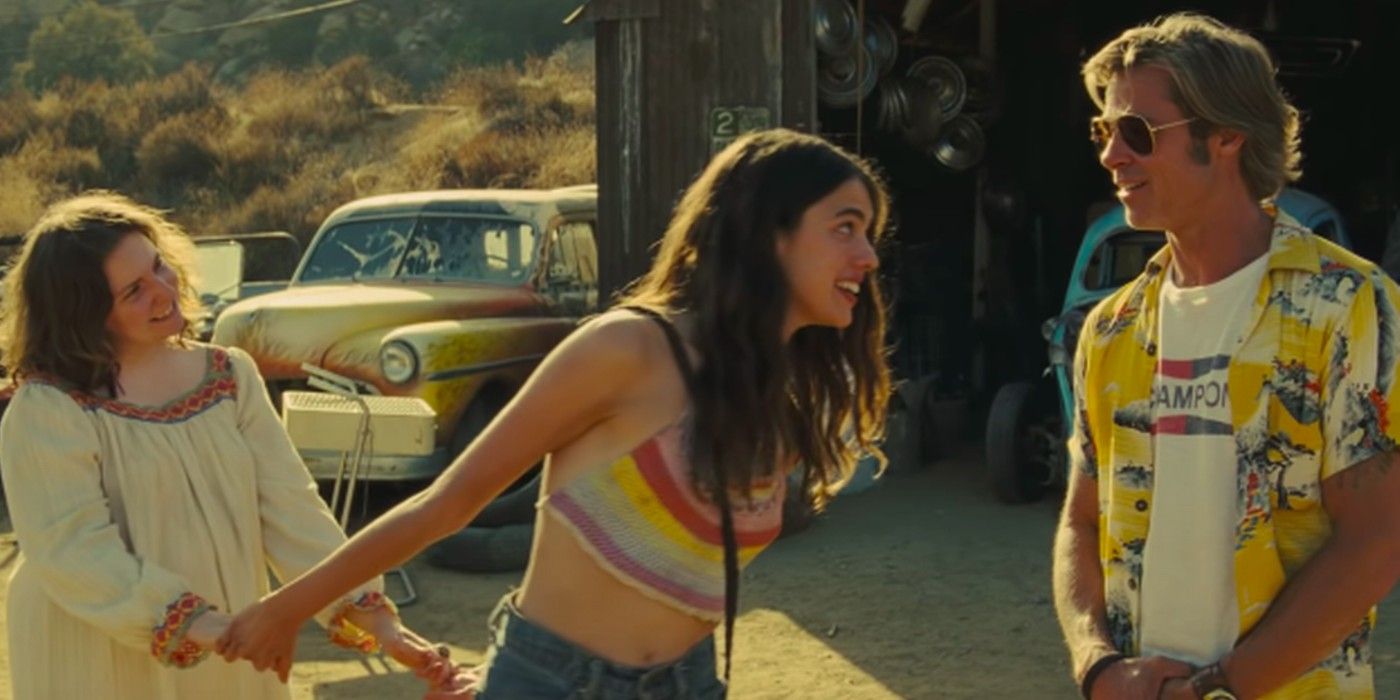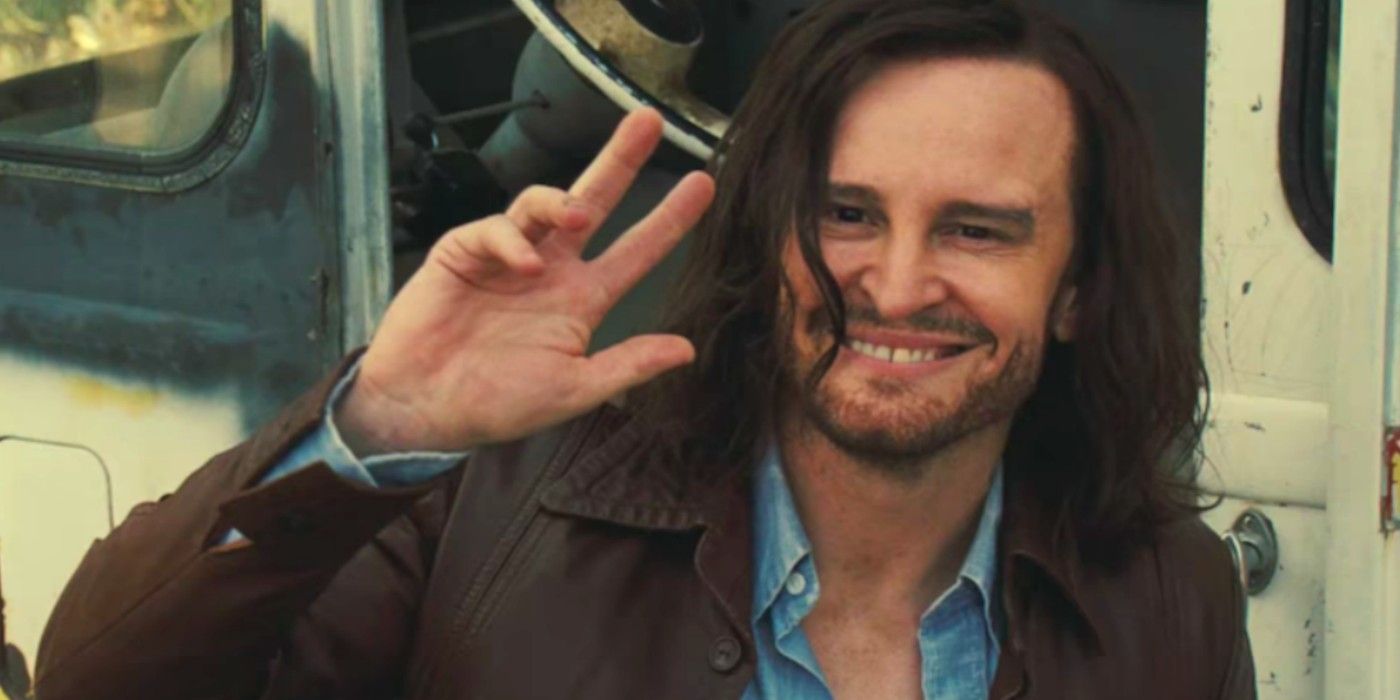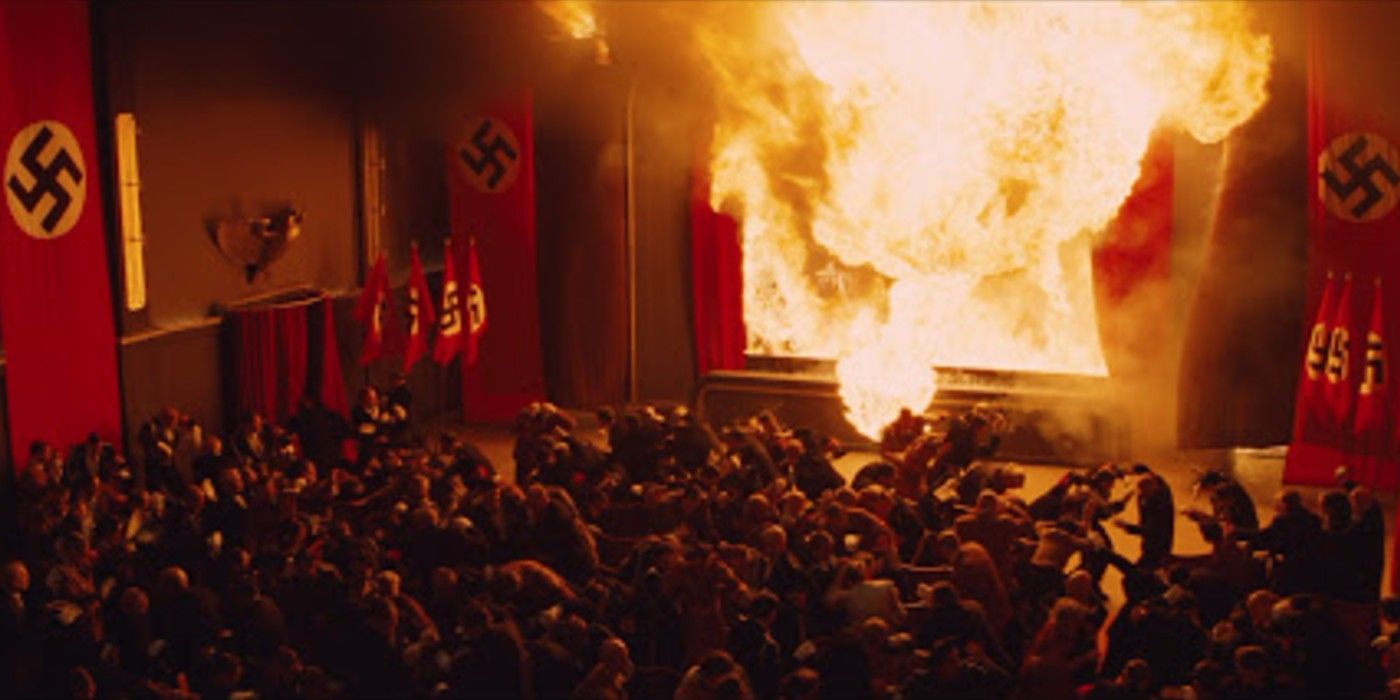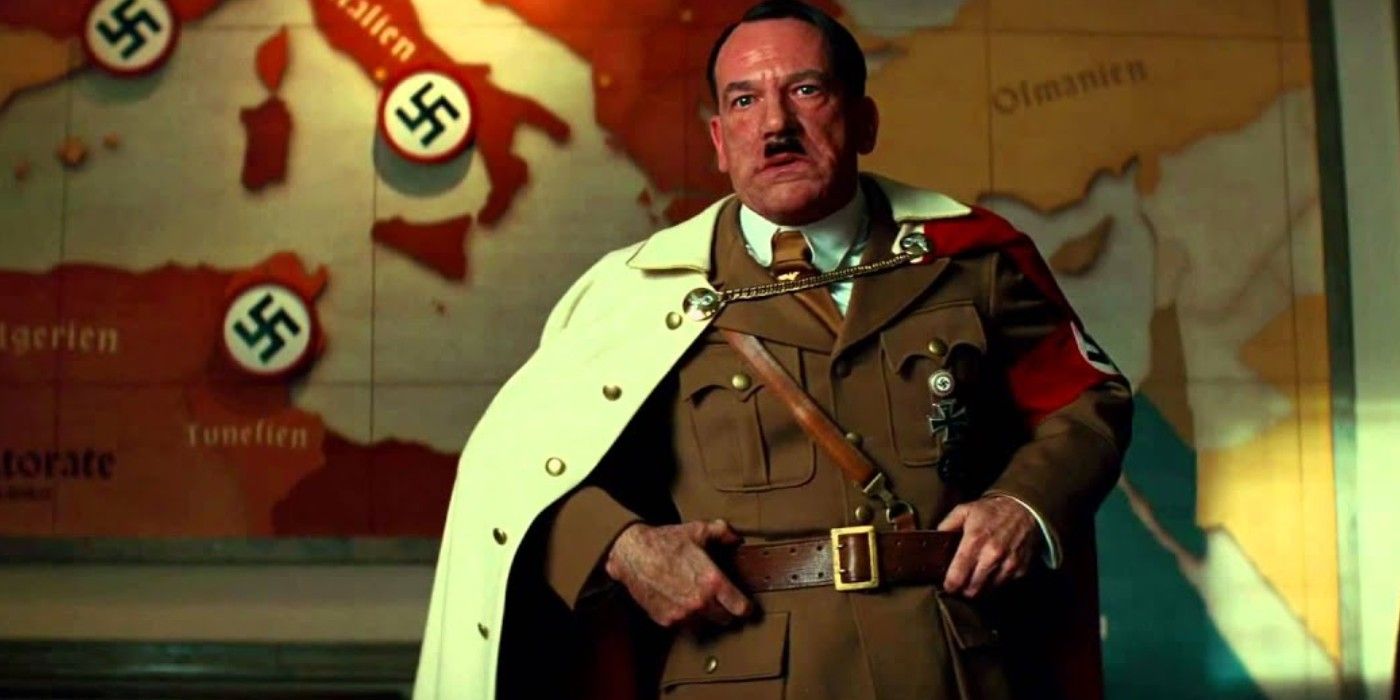By now, it’s clear that Quentin Tarantino has made an irreplaceable mark on all of moviemaking. Aside from Red Apple Cigarettes and constant shout-outs to ‘70s-era grindhouse movies, one way Tarantino did this was by making up his own history.
While not as overt as something like Watchmen, Tarantino’s historical movies are anything but biopics. Instead, they include violent fairy tales and fanciful historical fiction that (mostly) never fail to address their setting’s darkest sides. It’s for reasons like that we’re fine with these inaccuracies and creative liberites.
Stephen’s Favorite Word
By virtue of being in a Tarantino movie and being Samuel L. Jackson, Stephen sprinkles every sentence he utters with a variation of “motherf---er.” But since Django Unchained is set two years before the (in-universe) American Civil War began, historically speaking, Stephen shouldn’t even know his favorite word.
The word's first recorded use came from a murder case in 1889, where a witness said that the victim used the curse to insult the defendant. Django takes place in 1858, meaning Stephen is using a word literally ahead of his time. But since everyone in the movie talks and curses in fairly contemporary English, this is barely an issue. That, and Jackson not uttering it at least once just feels wrong.
Dynamite Unchained
As is tradition in every Spaghetti Western ever made, Django blows up stuff and/or racists with dynamite. Thing is, Alfred Nobel’s explosive invention shouldn’t exist in this timeline since he patented it in 1867 – nearly a decade after the movie’s time period. That being said, Django isn’t the first movie to ignore history in the name of cool explosions.
Literally every Western – which aren’t known for historical accuracy, anyway – used dynamite and nobody batted an eye. Without it, Django wouldn’t have been able to blow up Candyland and end his movie in epic fashion. Similarly, many of the guns in Tarantino’s self-described Southern and its predecessors used firearms that were made long after their respective settings.
John Shaft & Zorro Are Real People
Due to their historical nature and tonal similarities, it’s been widely assumed that Tarantino’s Westerns – Django Unchained and The Hateful Eight – take place before Inglourious Basterds. Assuming that’s the case, this means that in Tarantino’s history, two now-legendary pop culture icons are real people.
According to Tarantino, Django’s wife Broomhilda von Shaft is the distant ancestor of John Shaft, the hero of the most influential Blaxploitation movie ever made. Years after his movie’s events and in a comic-exclusive crossover, Django crossed paths with the classic pulp hero Diego de la Vega, aka Zorro, during a routine bounty hunt.
A Different World War II Creates The Taratino-Verse
Even though their connections were originally tenuous at best, Tarantino’s movies and Kevin Smith’s View Askewniverse were among the most well-known cinematic universes to exist before Marvel made it cool. Tarantino’s world is inherently short-tempered and addicted to pop culture, and this surprisingly adds up if Basterds is taken into consideration.
In reality, World War II ended in whimpers, with battered Axis Nations sheepishly signing surrender accords. Meanwhile in Basterds, the Allied Forces’ European front ended when the German high command was massacred at a movie premier. This theoretically led to Americans lionizing the events, putting cinema on a pedestal (explaining characters’ reference-heavy diatribes) and using violence as a default since that’s what their Greatest Generation did. Tarantino’s history then modernized into Reservoir Dogs and Pulp Fiction, worlds where movies like Kill Bill, From Dusk Till Dawn and Spy Kids count as escapism.
’70s Hollywood Is Changed Forever
While many outside factors influenced the notably nihilistic movies of the ‘70s, a common belief is that the suddenness and brutality of the Tate-LaBianca murders abruptly ended Hollywood’s ‘60s-era optimism. Due to the Manson Family’s lifestyle, the gruesome crime also tainted the decade’s counterculture movement, painting hippies' peace-and-love ideology in a negative light that it was never able to recover from.
But since the murders never occurred in Once Upon A Time In Hollywood, Hollywood could continue doing it what it was doing in 1969: pumping out movies that ranged from the introspective to the escapist. And even though Manson’s cultists were hippies, the hippie movement wouldn’t be as misrepresented as it is today since the murderers failed miserably.
The Tate-LaBianca Murders Never Happen
Tarantino’s ninth movie isn’t just a fairy tale about late-‘60s Hollywood, but a love letter to Sharon Tate. In the real 1969, Tate retired from a prominent acting career and was pregnant when she was brutally murdered by members of the Manson Family. Including Tate and her unborn child, six people were murdered during the home invasion of August 8, 1969.
By living in Tarantino’s world, Tate, her child, and her friends get to live longer lives and enjoy their careers in Hollywood. In fact, they never even see Manson’s cultists in person. Another effect this has on history is that the subsequent LaBianca Murders never occur, since it could only happen if Tate’s killers were alive (more on that in a bit).
The Manson Family Is Embarrassing
A negative effect of real-life serial killers is that they will almost always inspire a cult of personality. This could be seen in something as innocuous as a glut of true-crime shows to more severe examples, like people somehow sympathizing with or obsessing over the killers. Such is the case for the Manson Family, whose notoriety inspires both fierce hate and devotion from observers even today.
But since the movie’s Manson Family didn’t just fail to kill anyone but just suck in general, it’s unlikely that they would be idolized. In fact, they probably attracted ridicule. The fact that they were easily disposed of by a stuntman high on LSD and a B-grade actor chilling in his swimming pool only demystifies them even more.
Charles Manson Never Becomes Infamous
The biggest ripple effect of Tate never seeing the Manson Family is that its leader, Charles Manson, doesn't become a demented celebrity. Though he never got his hands dirty, Manson became one of history’s most infamous figures due to his indirect involvement in the crimes. Aside from ordering his followers to kill, his hate-filled preachings about the supposed end of the world (that he got from a Beatles song) motivated them.
If not for the Tate-LaBianca Murders, Manson would’ve just been another hippie who said offensive stuff after getting high. His negative influence includes copycat killers and cult leaders, both still a problem in modern society. Presumably in Tarantino’s world, this is not so big an issue since Manson was arrested soon after the movie’s end before falling through the cracks of history.
Nazi Germany Falls Earlier
Nazi Germany’s involvement in World War II ended in 1945, shortly after its leader Adolf Hitler committed suicide. In Basterds, Nazi Germany collapses a full year earlier because the entire German high command was killed in June 1944, during the premiere of the propaganda movie Stolz der Nation (or Nation’s Pride).
Not only does this mean that the European theater of Tarantino’s World War II was a year shorter, but that one of the worst governments in modern history was wiped out in one fell swoop. In real life, it took a while before all surviving Nazi officials faced justice, with some even escaping it outright. Meanwhile in Basterds, these Nazis faced a fiery reckoning at the hands of a woman from the one group they built their irrationally hateful regime to persecute: the Jews.
The Basterds Kill Adolf Hitler
Historically, Hitler took his own life in April 1945 when the Red Army surrounded Berlin and there was no way out. Despite being one of the most despicable people to ever live, Hitler never faced accountability for his crimes against humanity and espousing a hateful rhetoric that still has dangerous ramifications today.
Tarantino makes sure Hitler doesn’t get the easy way out, having the Basterds – a unit predominantly comprised of Jewish soldiers – brutally assassinate him by repeatedly pumping his face full of bullets. Though fictional, it’s beyond cathartic to know that this monster of a man met a fitting end at the hands of those he oppressed.

